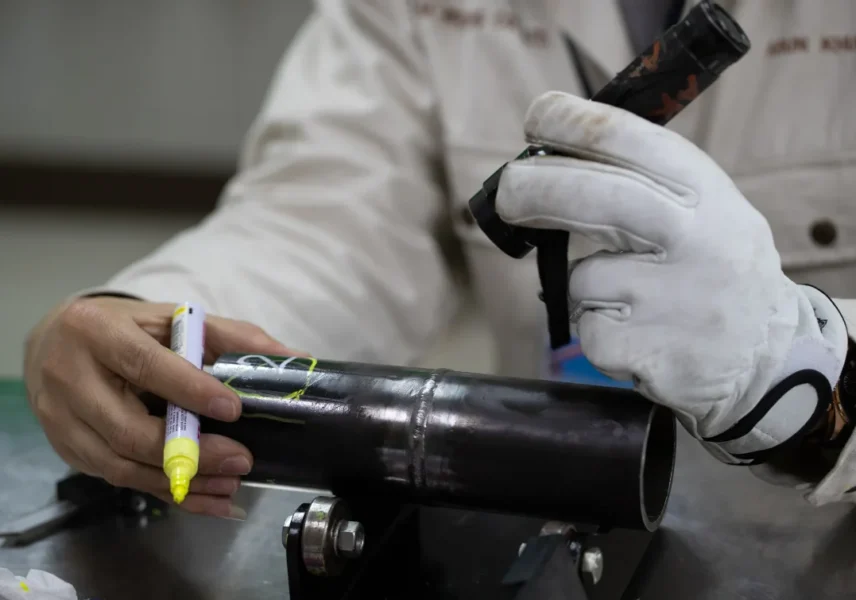
“Bu Tasarım Gerçekten Benzersiz Mi?” Sorusuna Nasıl Yanıt Verilir?
Selam!
Tasarımınızı tescillemek istiyorsunuz, ancak ofis size “Bu tasarım, mevcutlardan farklı bir izlenim yaratmıyor” dedi mi? İşte tam bu noktada devreye Görsel Algı Testi giriyor. Peki bu test nedir, nasıl hazırlanır ve tasarımınızın kaderini nasıl değiştirir? Gelin, adım adım keşfedelim!
Görsel Algı Testi Nedir? Neden Önemli?
Görsel Algı Testi, tasarımınızın “ortalama bir tüketici” tarafından nasıl algılandığını ölçen bir değerlendirme süreci. Amacı, tasarımınızın benzersiz bir izlenim yaratıp yaratmadığını kanıtlamak. Örneğin, bir kahve fincanı tasarımınız varsa, test şu soruya yanıt arar: “Tüketici bu fincanı rakiplerinkinden ayırt edebilir mi?”
Bu test, özellikle Avrupa Birliği Fikri Mülkiyet Ofisi (EUIPO) ve Türk Patent ve Marka Kurumu gibi kurumların tescil kararlarında kritik rol oynuyor. Testi doğru hazırlamazsanız, başvurunuz reddedilebilir!
Test Nasıl Hazırlanır? 4 Adımda İzlenecek Yol
- Mevcut Tasarımları Analiz Edin:
Tescil için başvurmadan önce, sektörünüzdeki benzer tasarımları tarayın. WIPO’nun Global Design Veritabanı gibi araçlarla rakiplerinizi inceleyin. “Bizimki neden farklı?” sorusuna net yanıtlar bulun. - Hedef Kitlenizi Dahil Edin:
Testin temeli, gerçek tüketicilerin algısına dayanır. Örneğin, bir ayakkabı tasarımı için 18-35 yaş arası 100 kişiye anket yapın. Sorular basit olsun: “Bu tasarımı daha önce gördünüz mü?”, “Hangi markaya ait olduğunu düşünürsünüz?”. - Karşılaştırmalı Görseller Hazırlayın:
Tasarımınızı, rakip ürünlerle yan yana gösteren bir karşılaştırma panosu oluşturun. Örneğin, Canva gibi araçlarla renk, şekil ve detayları vurgulayan görseller tasarlayın. - Uzman Raporu Alın:
Bağımsız bir tasarım uzmanından, tasarımınızın “genel izleniminin” farklı olduğunu doğrulayan bir rapor isteyin. Bu rapor, resmi başvuruda güvenilirlik sağlar.
Hangi Yöntem Daha Etkili? Karşılaştırma Tablosu
| Yöntem | Avantajlar | Riskler |
|---|---|---|
| Anketler | Ucuz, hızlı veri toplar | Önyargılı sonuçlar çıkabilir |
| Odak Grupları | Derin içgörü sağlar | Zaman ve maliyet yüksek |
| Dijital Analiz | Nesnel veriler sunar (örn: AI) | Teknik altyapı gerektirir |
| Uzman Değerlendirme | Yasal süreçlerde güçlü kanıt | Pahalı olabilir |
Örnek Vaka:
Almanya’da bir mobilya markası, yeni bir sandalye tasarımını tescillemek istedi. Rakiplerinin çoğu “klasik” çizgiler kullanırken, bu marka asimetrik bacaklar ve dokulu kumaş ile fark yarattı. 200 kişilik bir anket ve bir endüstriyel tasarım uzmanının raporuyla EUIPO’dan onay aldılar.
Sık Yapılan Hatalar ve Çözümleri
- Hata 1: Sadece renk farkına güvenmek.
Çözüm: Tasarımın şekil, doku ve oranlarını öne çıkarın. - Hata 2: Testi dar bir kitleyle yapmak.
Çözüm: Yaş, cinsiyet ve coğrafi çeşitliliği gözetin. - Hata 3: Teknik terimlerle dolu raporlar.
Çözüm: Anlaşılır ve görsel destekli belgeler hazırlayın.
Sonuç: Testi Stratejinizin Bir Parçası Yapın
Görsel Algı Testi, tasarım tescili sürecinde kritik bir adım. Sadece yasal bir gereklilik değil, aynı zamanda tasarımınızın pazardaki gücünü ölçmenin de bir yolu. Unutmayın: Başarılı bir test, rakiplerinize “Biz farklıyız!” demenin en somut yolu.
İlham Verici Bir Veri: EUIPO’nun 2023 raporuna göre, görsel algı testi yapılan başvuruların onay oranı %78, yapılmayanların ise sadece %34!
SSS (Sık Sorulan Sorular):
- Testi ne zaman yapmalıyım?
Tasarımınızın son halini aldığında, başvuru öncesi. - Dijital araçlar güvenilir mi?
Evet, ancak insan algısını ölçen araçlarla (örneğin EyeQuant) destekleyin.
Umarım bu rehber, tasarımınızı tescil yolculuğunda size rehberlik eder. Bir sonraki yazıda görüşmek üzere! 🎨
Kaynaklar:
